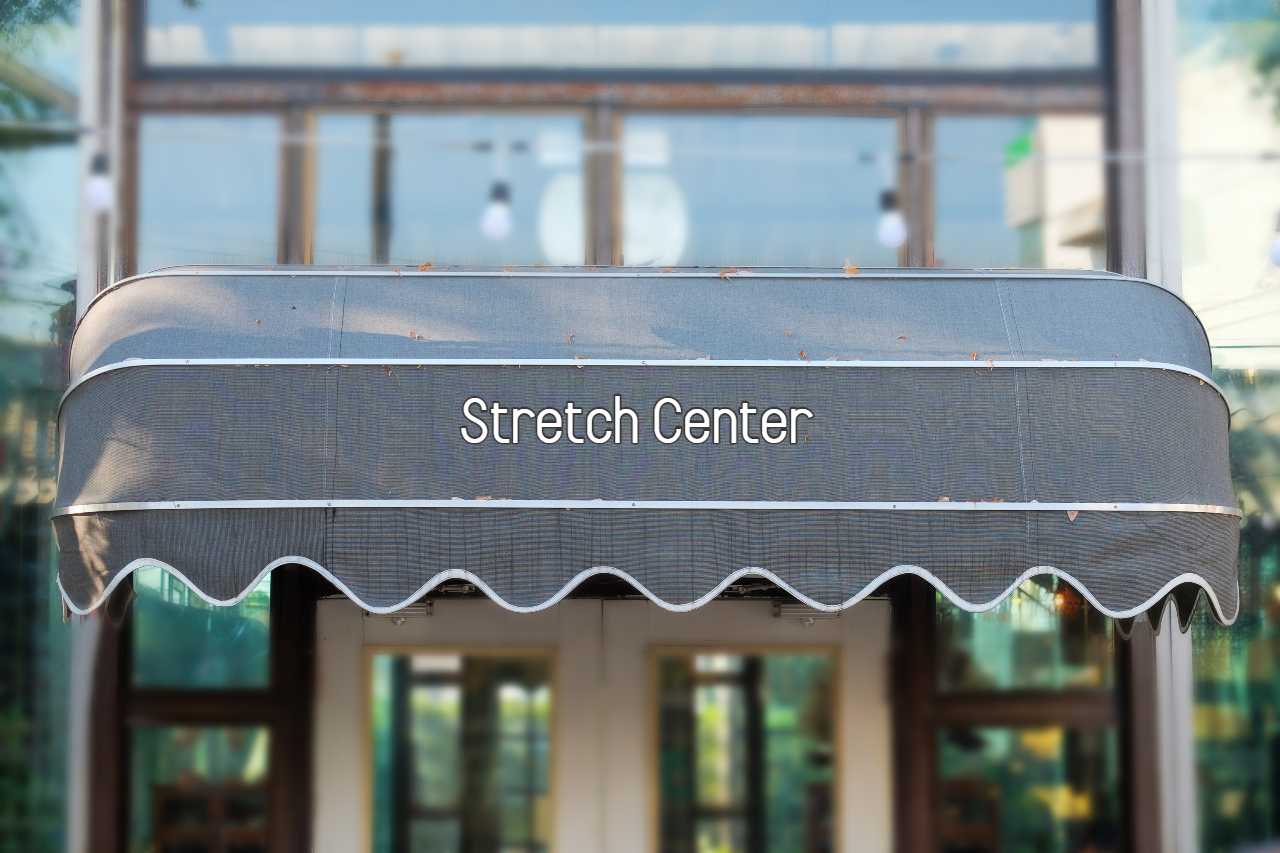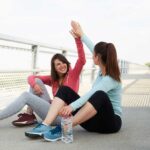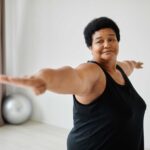
10 Jul Feeling Tight? Why PT is Better than a Stretch Center
You might have heard of – or even tried – assisted stretching. But what is it, why is it growing in popularity, and how does physical therapy fit in?
Assisted stretching is nothing new, but it’s having its moment right now. Stretch centers have popped up in cities all over, offering the benefits of stretching – but with help. Some stretch centers use apps to take measurements and set improved flexibility goals.
Many of us deal with tight, tense bodies and work mostly sedentary jobs (often sitting with poor posture and ergonomics). Even when we are active, stretching and staying flexible often takes a back seat to cardio or strength training. So, when we see an ad on our social media or hear a friend talking about it, we wonder if assisted stretching can help us feel better and fix persistent muscle pain and tightness.
Essentially, assisted stretching is what it sounds like: someone helps move your body through a series of stretches designed to help loosen tight and tense tissue. Most stretch centers require a period of training and some background in the health sciences. Depending on the facility, they may use specialized apps to record movement and set goals. And let’s be honest, stretching feels great! It’s why we automatically stretch after sitting or not moving for long periods of time. We naturally want to feel better and less tense.
In a physical therapy practice like Body One, all our providers have extensive training. Almost all our providers are doctors of physical therapy or another discipline and our PTAs have completed rigorous, specialized coursework focused on the musculoskeletal system. Our practice offers wellness services in addition to standard physical therapy. In our Recovery Plus program, one of our providers works to improve how you’re feeling and speed your athletic recovery using techniques like assisted stretching, IASTM (instrument-assisted soft tissue mobilization) like Graston Technique, dry needling, cupping, soft tissue work (like massage), and tools like the Hypervolt massager, Normatec compression boots, and more.
One of the best parts of utilizing a program like Recovery Plus for your assisted stretching is that you can receive a variety of different, helpful approaches to address your muscular and tissue discomfort. Our providers can also discuss any specific concerns and make recommendations to treat them – which may include a course of physical therapy. Also, if you’re worried about a new or chronic issue or injury, our PTs are able to make an educated recommendation, like one of our free injury screens or an initial evaluation (typically covered by insurance). Regardless if you need athletic recovery, improved flexibility, want to feel better, or end up needing physical therapy, you’re in the right place!
Another benefit of our experience and training is realizing that even if someone initially appears “tight,” it could be more complicated. For instance, a hypermobility condition could mean your joints are overly flexible and your muscles end up compensating, becoming tight and tense. For a hypermobility disorder, stretching alone won’t fix the problem; our providers work with the person to identify problem areas and develop a targeted stretching and strengthening program. They also might require specific manual therapy that wouldn’t be available at a stretch center.
If you’re looking to feel better, move better, and gain flexibility, visiting a practice like Body One is ideal. Our providers work with patients every day of all ages and activity levels and our goal is to help you reach yours. We are a locally-owned and operated practice with three convenient locations in North Indy: Fishers, North Meridian, and Zionsville. Come find out how we can help with assisted stretching and more!





